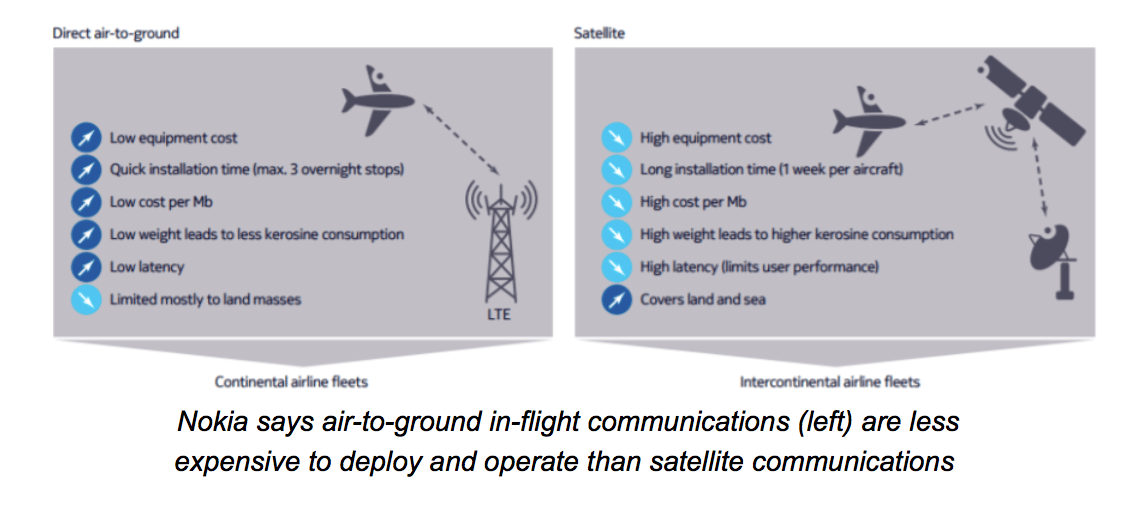 On
Sunday, Sprint and T-Mobile, in a bid to create a nationwide 5G
network, announced an all-stock merger valued at $146 billion. The
merger would still need to clear anti-trust examination before it is
formalized. T-Mobile parent company Deustsche Telekom would control the
merger and have it run by T-Mobile, according to the Wall Street Journal. This is the third attempt to reach an agreement by the two companies over the past few years.
On
Sunday, Sprint and T-Mobile, in a bid to create a nationwide 5G
network, announced an all-stock merger valued at $146 billion. The
merger would still need to clear anti-trust examination before it is
formalized. T-Mobile parent company Deustsche Telekom would control the
merger and have it run by T-Mobile, according to the Wall Street Journal. This is the third attempt to reach an agreement by the two companies over the past few years.T-Mobile CEO John Legere said in a tweet, the deal will form “the highest capacity network in history” and put the combined company in direct competition with AT&T and Verizon. I’m excited to announce that T-Mobile and Sprint have reached an agreement to come together to form a new company – a larger, stronger competitor that will be a force for positive change for all U.S. consumers and businesses!”
Spencer Kurn market analyst for New Street Research said, “If the deal is approved, we would cut our valuation by 6% for AMT, 18% for CCI, and 12% for SBAC. The towers have underperformed the broader index by 7-10% since deal reports resurfaced in the press a few weeks ago. While a deal scenario would still present ~10% downside for CCI, we believe it has been largely priced in for AMT and SBAC,” Kurn said. Continue Reading










